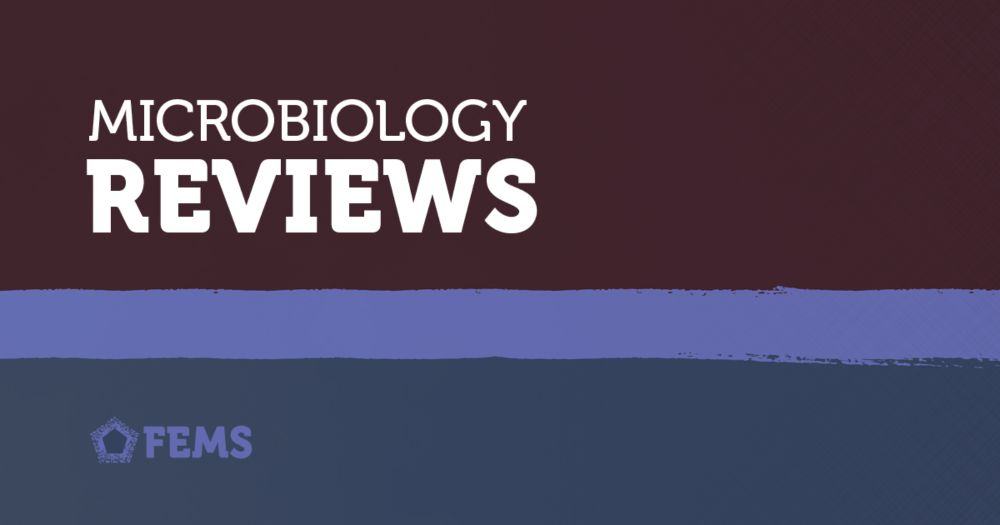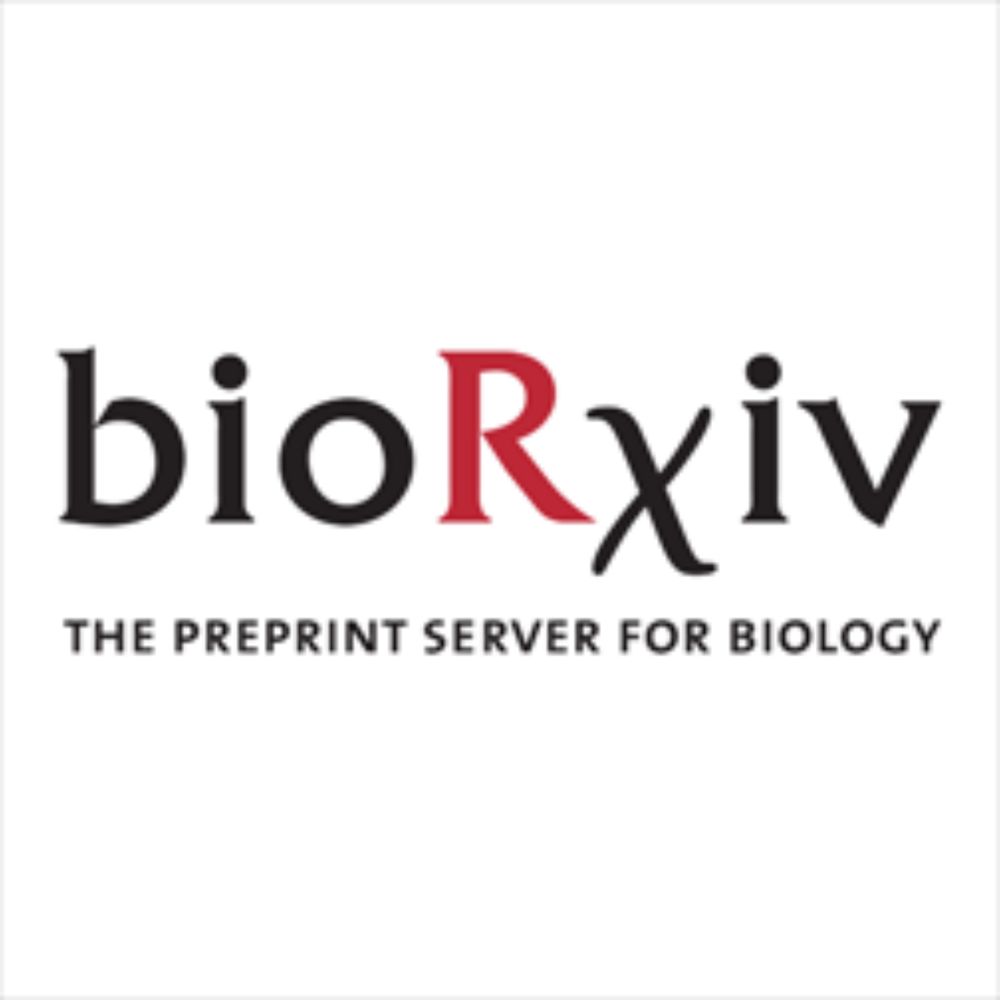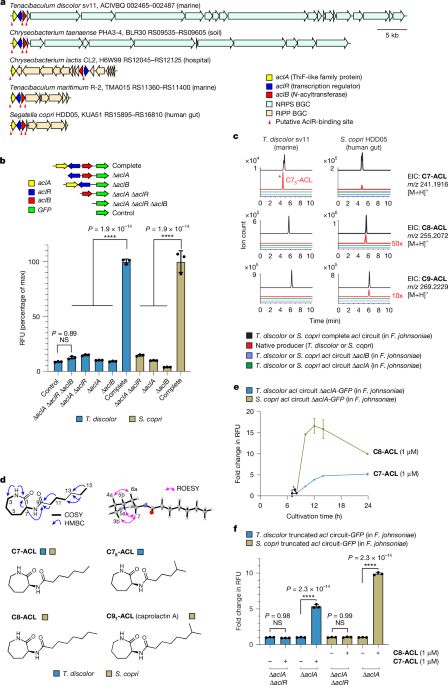Morten Kam Dahl Dueholm
@mkddueholm.bsky.social
1.9K followers
1.3K following
120 posts
Assoc. Prof. Aalborg University 🇩🇰 Applied microbial ecology with focus on wastewater treatment, anaerobic digestion, and soil. HQ MAGs, transcriptomics, rRNA operon sequencing, culturomics, biofilms, EPS, and functional amyloids.
Posts
Media
Videos
Starter Packs
Reposted by Morten Kam Dahl Dueholm
Reposted by Morten Kam Dahl Dueholm
Reposted by Morten Kam Dahl Dueholm
Reposted by Morten Kam Dahl Dueholm
Reposted by Morten Kam Dahl Dueholm
Reposted by Morten Kam Dahl Dueholm
Yoann Santin
@ysantin.bsky.social
· Sep 3

On the growth and form of bacterial colonies - Nature Reviews Physics
Most bacteria exist in dense aggregates, yet this lifestyle is relatively poorly understood compared with planktonic cultures. This Review explores biophysical models of aggregate development, and how...
www.nature.com
Reposted by Morten Kam Dahl Dueholm
Reposted by Morten Kam Dahl Dueholm
Reposted by Morten Kam Dahl Dueholm
Reposted by Morten Kam Dahl Dueholm
Reposted by Morten Kam Dahl Dueholm
Reposted by Morten Kam Dahl Dueholm
Reposted by Morten Kam Dahl Dueholm
Cameron Thrash
@jcamthrash.bsky.social
· Aug 13
Reposted by Morten Kam Dahl Dueholm
Ákos T Kovács
@evolvedbiofilm.bsky.social
· Jul 23

Droplet microfluidics for single-cell studies: a frontier in ecological understanding of microbiomes
Abstract. Recent advances in single-cell technologies have profoundly impacted our understanding of microbial communities—shedding light on cell-to-cell va
academic.oup.com
Reposted by Morten Kam Dahl Dueholm
Reposted by Morten Kam Dahl Dueholm
Noah Fierer
@noahfierer.bsky.social
· Jul 18

A periodic table of bacteria?: Mapping bacterial diversity in trait space
Bacterial diversity can be overwhelming. There is an ever-expanding number of bacterial taxa being discovered, but many of these taxa remain uncharacterized with unknown traits and environmental prefe...
www.biorxiv.org
Reposted by Morten Kam Dahl Dueholm
Tom Booth
@boothicus.bsky.social
· Jul 9

The spatiotemporal distribution of human pathogens in ancient Eurasia - Nature
Screening shotgun-sequencing data from ancient humans covering 37,000 years of Eurasian history uncovers the widespread presence of ancient bacterial, viral and parasite DNA and zoonotic pathogens coi...
www.nature.com
Reposted by Morten Kam Dahl Dueholm
















